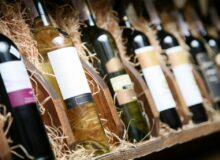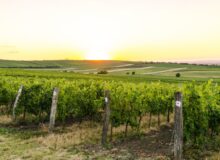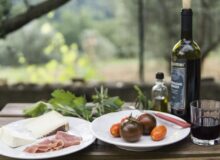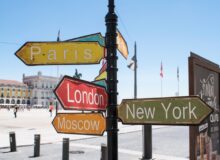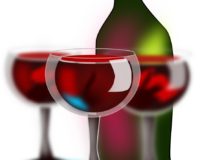What Makes a Good Bottle of Wine? How Do I pick a Good Bottle of Wine?
The AVA’s are coming into play in the USA…Similar to the way the French are hooked on the ‘Control’ of their Appellations – The USA is getting more detailed!
5 Killer Wines to try..that I enjoyed in 2016 and recommend
You’ll have to hurry if you want to scoop up any remaining 2013 Napa Valley Cabernet Sauvignon…2012’s too 2012 if any left on the shelves
By Ralph Del Rio, Wine Correspondent
A Grand List of Wines (mostly under $25) that will not dissapoint…Seek them out over 2015 and 2016
A friend asked me to put together a wine list and this is what I did. Enjoy the list and happy searching.
A list by Wine Correspondent Ralph Del Rio of Great Red Wines to be on the lookout for $25 and under… with a few exceptions.
I was asked by a friend to put together a list of red wines, short of notes, that I thought were a good buy to put in his wine cellar. The idea is to come up with some age-worthy wines under $25. So I took a crack at it and while I was putting the list together I realized that there were a lot of great wines on this list. These wines not only are great to drink today but could go 4-5 years and maybe a whole lot more. I hope you enjoy this shopping list. I have had the opportunity to taste all of these wines wines
How do you explain the High Altitude wines? Are they any better?
Unlike water, wine always has an aftertaste, a finish – however long or short. ‘The Wine Finish’… Let’s try to explain a few things about it!
Yet, there is an equal amount if not more folks liking lower tannin wines that do not elicit such an astringent mouthfeel such as Pinot Noir and Malbec.
Let’s try to explain a few things about it!
|
|

